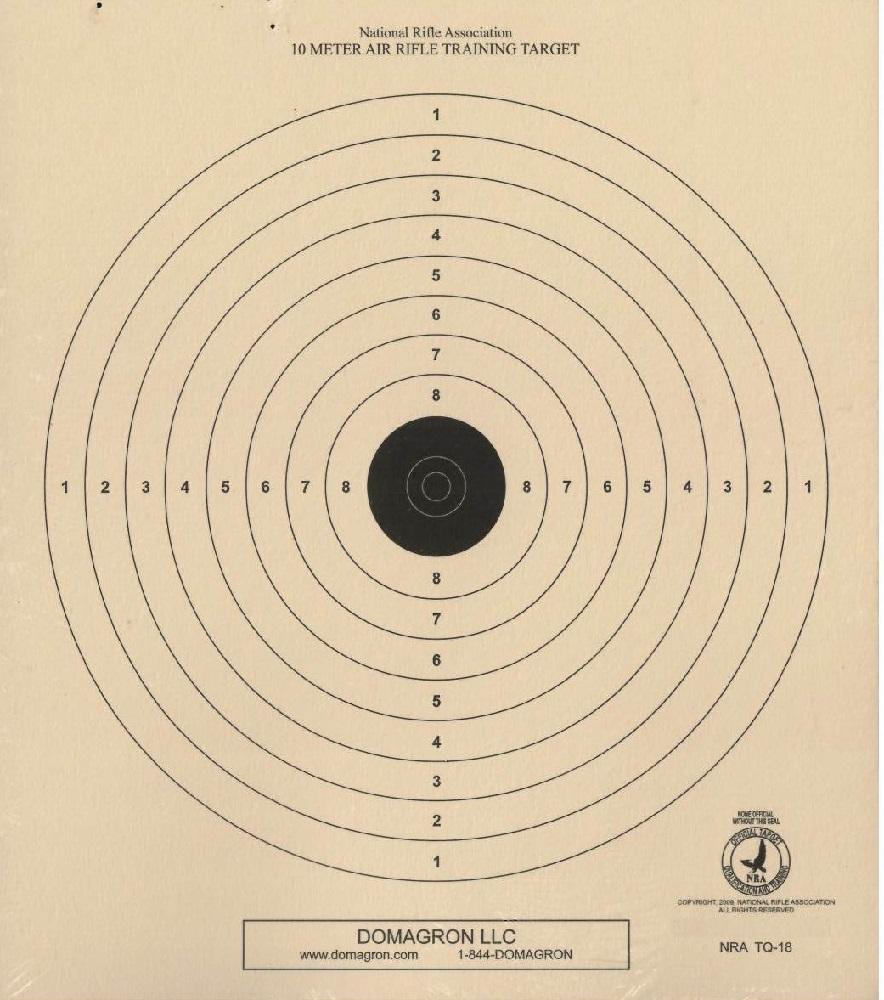When it comes to dealing with pest issues in a safe and effective manner, pellet rifles have become a viable option for numerous homeowners and enthusiasts. These versatile tools provide precision with power, making them an excellent choice for dealing with unwanted pests while minimizing the impact on the environment and surrounding wildlife. As increasing check out the post right here of people recognize the benefits of using pellet guns for pest control, understanding how to select a quality model is vital.
In the following guide, we'll examine different aspects of pellet guns, covering how to pick the ideal power source, the caliber, and features that cater specifically to pest control. Whether you are a skilled shooter or a novice wanting to make wise decisions, this thorough overview will help you navigate the world of pellet guns and find the perfect match for your needs. Prepare to elevate your pest control tactics with the right pellet gun in hand.
Choosing the Appropriate Air Gun
Selecting the right pellet gun necessitates knowing your particular needs and requirements. Think about the main use of the gun, be it for pest control, target shooting, or small game hunting. Each of these uses may demand distinct features and characteristics. For pest control, you may value quiet operation and accuracy, whereas for target shooting, consistency and ease of use might be more crucial. Spend time to think about the environments where you will be using the gun, as this can affect your choice.
A further important factor to consider is the power source of the pellet gun. Options include spring-powered, CO2, and PCP (pre-compressed pneumatic). useful source of power source has its advantages and disadvantages, such as ease of use, maintenance needs, and power consistency. For instance, spring guns tend to be more affordable and easier to maintain, while PCP guns offer greater power and accuracy but can be more complex and costly. Your level of experience and comfort with each type may also play a role in the decision-making process.
In conclusion, you should pay attention to the caliber of the pellets used. Common calibers include .177 and .22, with each providing different benefits in terms of speed, accuracy, and stopping power. .177 pellets are often chosen for target shooting due to their higher velocity, whereas .22 pellets can be more effective for pest control and hunting larger small game. It’s crucial to align the caliber with your intended use and make sure that the pellet gun you select allows for maximum performance in your chosen application.
Key Features to Consider

As you selecting a pellet gun for pest control, one of the most critical feature to consider is the power source. Choose from spring, compressed gas, or PCP, which each offers unique advantages. Spring options deliver simplicity and reliability, whereas CO2 models offer consistent velocity and ease of use. PCP guns, in contrast, are known for their high power and accuracy but require a bit more investment and maintenance. Comprehending the power source will directly impact the gun's performance and your shooting experience.
Additionally, an important factor is the caliber of the pellet gun. Common calibers include .22 and .177, as each caters to different purposes. A .177 caliber is typically favored for target shooting and small pests due to its high velocity and flatter trajectory, making it effective for longer distances. In contrast, the .22 caliber delivers greater stopping power, making it a better choice for larger pests. Choosing https://telegra.ph/Starting-with-Interest-into-Commitment-Our-Pellet-Gun-Community-03-18 will enhance your effectiveness in pest control scenarios.
Lastly, consider the gun's accuracy and range. Look for features such as adjustable sights or the option to mount a scope, which can significantly improve your precision. The effective range of a pellet gun also plays a role in your choice; ensure that it aligns with the distances you will be shooting. By focusing on these key features, you can find a pellet gun that meets your specific needs for pest control while providing a satisfying shooting experience.
Different Pellet Gun Variants and Their Uses
Pellet guns come in different varieties, tailored to specific uses and user preferences. The most common types are spring-driven, CO2-driven, and PCP (pre-charged pneumatic) guns. Spring-driven air guns are well-liked for their reliability and ease of use, making them ideal for beginners and recreational shooters. They utilize a spring mechanism to propel the pellet, necessitating a cocking movement before firing. Conversely, CO2-powered guns offer semi-auto operation and a steady power delivery, making them great for target shooting and plinking. PCP air rifles are preferred for their superior precision and strength, making them well-suited for hunting and competitive shooting.
When it comes to pursuing small animals, specific pellet gun types play a key role. A break-action or pump action pellet gun can be highly effective, providing enough power and precision needed for ethical hunting. These guns usually have a higher FPS, allowing for extended range with the correct caliber pellets. Choosing a silent version can also be crucial for backyard environments or hunting in areas where sounds could deter game animals. Understanding the specific uses of different pellet gun types helps ensure you select one that aligns with your needs.
For target shooting enthusiasts, the selection of air gun can significantly influence performance. Precision models with customizable sights and lightweight designs are ideal for accurate shooting. Additionally, options like reduced recoil and compatible optics can enhance the shooting experience. The selection of pellets, including type and caliber, further affects precision and performance. Knowing the different categories of pellet guns and their best applications assists shooters in locating the ideal gun for their shooting needs and preferences.
